What is a Plantar Pressure Distribution Testing Device? A Complete Guide!
In recent years, the importance of foot health has gained increasing attention, especially in the fields of sports, orthopedics, and footwear design. One of the critical tools to understand foot health and improve footwear is the Plantar Pressure Distribution Testing Device. This technology has become essential for accurately measuring the pressure distribution on the sole of the foot during various activities such as standing, walking, and running. But what exactly is a plantar pressure distribution testing device, and how can it improve foot care? Let’s explore everything you need to know.
Introduction to Plantar Pressure Distribution Testing Devices
A Plantar Pressure Distribution Testing Device is a sophisticated tool used to measure and analyze the distribution of pressure on the sole of the foot. It typically consists of a set of sensors embedded in a mat or insole that records the amount of force exerted on different areas of the foot. These sensors capture real-time pressure readings while the individual performs various actions, such as standing, walking, or running. The data collected is then used to create a pressure map, which can reveal any abnormal pressure points or areas of concern that could lead to discomfort, injury, or other foot-related problems.
The significance of these devices is immense for understanding how foot pressure influences overall health, including posture, gait, and the development of various foot conditions. Whether used for diagnosing conditions like plantar fasciitis, evaluating athletic performance, or designing custom orthotics, plantar pressure testing devices play a crucial role in foot health and wellness.
How Does a Plantar Pressure Distribution Testing Device Work?
The core function of a Plantar Pressure Distribution Testing Device is to measure the pressure at different points across the sole of the foot. These devices utilize specialized sensors or pressure mats that detect the amount of force applied to specific regions of the foot. Here's a breakdown of how they work:
Sensors: The device features multiple sensors embedded within a mat or insole. These sensors are highly sensitive and detect small variations in pressure. Some devices may use piezoelectric sensors, capacitive sensors, or force-sensitive resistors, each offering a unique way of measuring pressure.
Data Collection: As the individual walks, runs, or stands on the testing surface, the sensors detect the pressure exerted on the foot. The pressure is measured in real-time, capturing dynamic changes during movement or at different stages of gait.
Data Processing: The raw data collected by the sensors is processed by the device’s software. This software converts the pressure data into visual representations such as heat maps or pressure distribution charts. These charts display high-pressure areas in red or orange, while low-pressure areas may appear in blue or green, helping to visualize where the foot experiences the most and least pressure.
Analysis and Interpretation: After the pressure data is visualized, professionals can analyze the results to identify any abnormal pressure distribution patterns. These could indicate potential issues such as flat feet, high arches, or gait abnormalities that could lead to discomfort or pain.
Applications of Plantar Pressure Distribution Testing Devices
The versatility of the Plantar Pressure Distribution Testing Device makes it an invaluable tool in many different fields. Here are some of the most common applications:
Sports Medicine: Athletes often use plantar pressure testing to evaluate their foot mechanics during sports activities. By analyzing pressure distribution, sports medicine professionals can identify areas of excessive pressure or stress, which may contribute to injuries such as shin splints, stress fractures, or tendonitis. These tests also help optimize performance by adjusting an athlete's stride, stance, or footwear.
Custom Orthotics Design: Foot orthotics, such as insoles or arch supports, are often used to provide relief from foot pain or to correct abnormal gait patterns. A Plantar Pressure Distribution Testing Device allows healthcare providers to design custom orthotics by accurately mapping the pressure distribution on a patient’s feet. This ensures the orthotics provide targeted support to relieve pressure points and correct misalignments.
Foot Health and Posture Analysis: Regular use of a pressure distribution testing device can help monitor the overall health of an individual’s feet. It can reveal signs of abnormal wear or stress on the feet, providing early detection of conditions like flat feet, high arches, and bunions. Additionally, by analyzing pressure patterns, professionals can assess a person’s posture and gait, which are crucial factors in overall health.
Footwear Design and Evaluation: Shoe manufacturers and designers use plantar pressure testing to assess the effectiveness of their footwear designs. By measuring how different shoes distribute pressure across the foot, designers can ensure that their products are comfortable and supportive. They can also test new materials, soles, and cushioning technologies to see how they impact foot pressure distribution.
Diabetes and Neuropathy Care: People with diabetes often experience nerve damage in their feet, leading to a loss of sensation and an increased risk of pressure-related injuries. A Plantar Pressure Distribution Testing Device can help monitor pressure points in diabetic patients’ feet, preventing injuries that could lead to ulcers or infections. The device is also useful in the management of other conditions like neuropathy and foot deformities.
Benefits of Using a Plantar Pressure Distribution Testing Device
The benefits of using a Plantar Pressure Distribution Testing Device extend far beyond just diagnosing conditions. Here are some of the top advantages:
Accurate Diagnosis: One of the most significant benefits of using a plantar pressure testing device is the precision it offers in diagnosing foot-related problems. The device provides objective data that can help healthcare providers make informed decisions about treatment plans, whether it’s recommending orthotics, physical therapy, or lifestyle changes.
Personalized Foot Care: Each person’s feet are unique, and their pressure patterns can vary based on factors like weight, foot structure, and gait. A Plantar Pressure Distribution Testing Device allows for personalized foot care by tailoring solutions to individual needs, ensuring that patients receive treatments or products that are specifically designed for them.
Prevention and Early Detection: Early detection of foot problems can lead to better outcomes. The device helps detect issues before they become severe, allowing for preventive measures to be taken. By regularly testing pressure distribution, healthcare providers can track changes over time and address any emerging concerns promptly.
Enhanced Athletic Performance: For athletes, optimizing foot mechanics can make a significant difference in performance. By analyzing the pressure distribution during different activities, sports professionals can fine-tune an athlete’s technique, improving efficiency and reducing the risk of injuries.
Better Footwear Design: Whether for casual shoes, athletic wear, or orthotic insoles, footwear manufacturers benefit from pressure testing data to design shoes that offer superior comfort, support, and durability. By understanding where pressure is most concentrated on the foot, designers can create shoes that provide better cushioning and stability.
How to Choose the Right Plantar Pressure Distribution Testing Device
With numerous plantar pressure testing devices available in the market, it’s essential to choose one that suits your specific needs. Here are some factors to consider:
Accuracy and Sensitivity: Choose a device with high accuracy and sensitivity to ensure that it can capture subtle pressure differences across the foot. The quality of sensors used in the device is a critical factor.
User-Friendliness: A good testing device should be easy to use and operate. It should come with intuitive software that simplifies the process of collecting, analyzing, and interpreting data.
Data Storage and Analysis: Ensure that the device offers robust data storage and analysis capabilities. The ability to store multiple tests and generate detailed reports is crucial for ongoing foot health management.
Durability: Since the device will likely be used frequently, especially in clinical or athletic settings, it’s important to choose a durable model that can withstand repeated use.
Cost: Finally, consider the cost of the device. While high-quality devices may come with a higher price tag, they provide long-term benefits in terms of accurate data and improved patient outcomes.
A Plantar Pressure Distribution Testing Device is a groundbreaking tool that provides invaluable insights into the health and performance of your feet. Whether you’re an athlete, a healthcare provider, or someone seeking to improve foot health, this device plays a crucial role in diagnosing, monitoring, and enhancing foot function. By understanding how pressure is distributed across the foot, individuals can make informed decisions about their footwear, posture, and overall foot care.
As the technology behind these devices continues to evolve, we can expect even greater accuracy, ease of use, and applications. For those interested in maintaining or improving their foot health, investing in a plantar pressure distribution testing device is a step toward a more comfortable and healthier future.

 +86-0755-86131192
+86-0755-86131192 2024-12-24
2024-12-24 Back to list
Back to list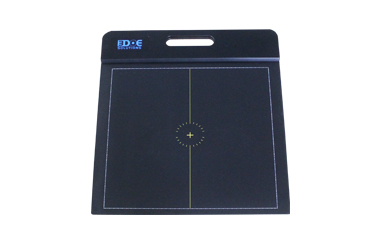
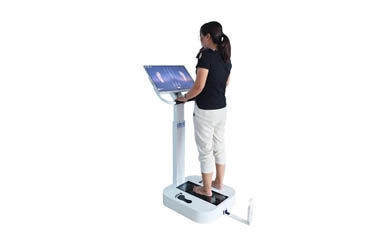
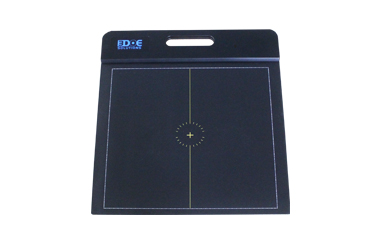
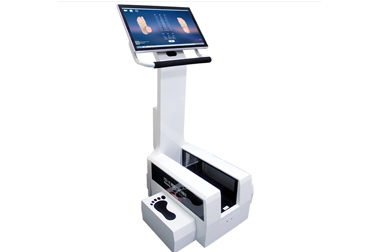
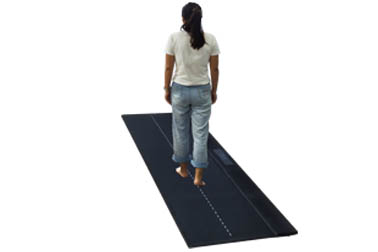
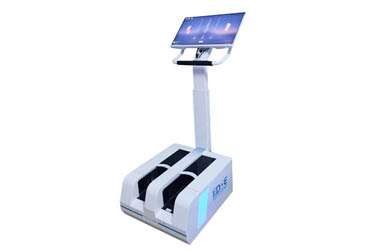



 +86-0755-86131192
+86-0755-86131192